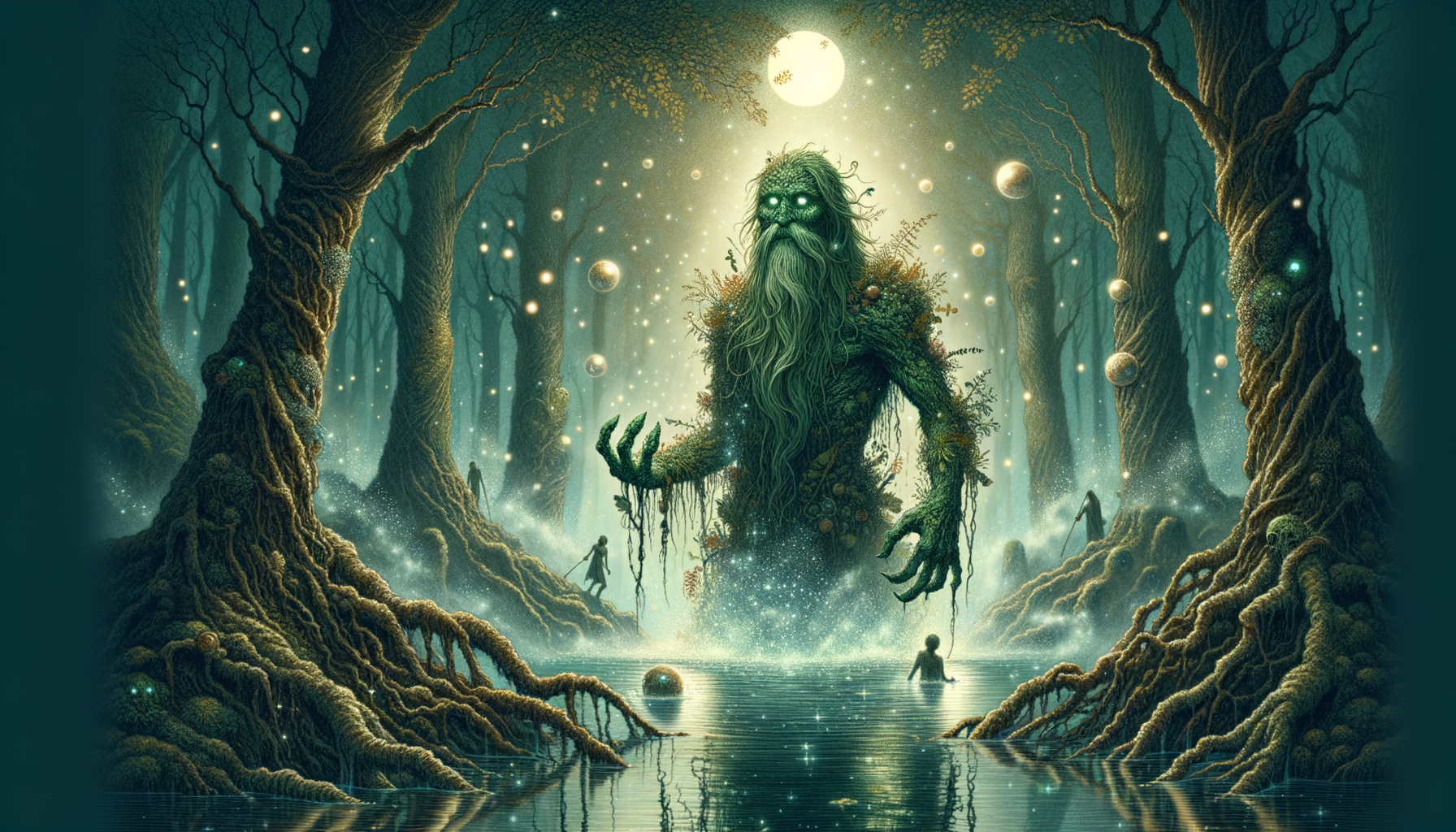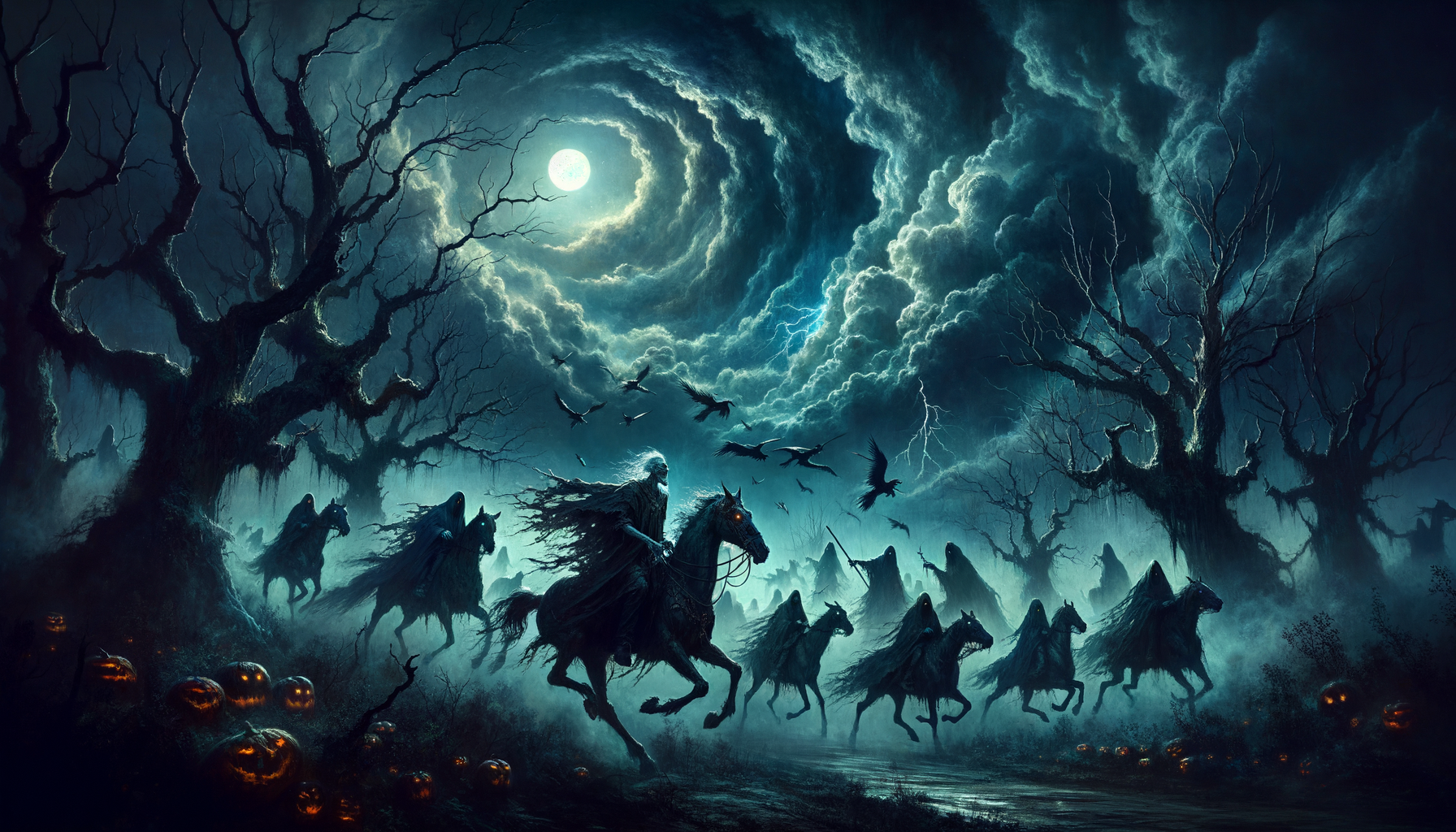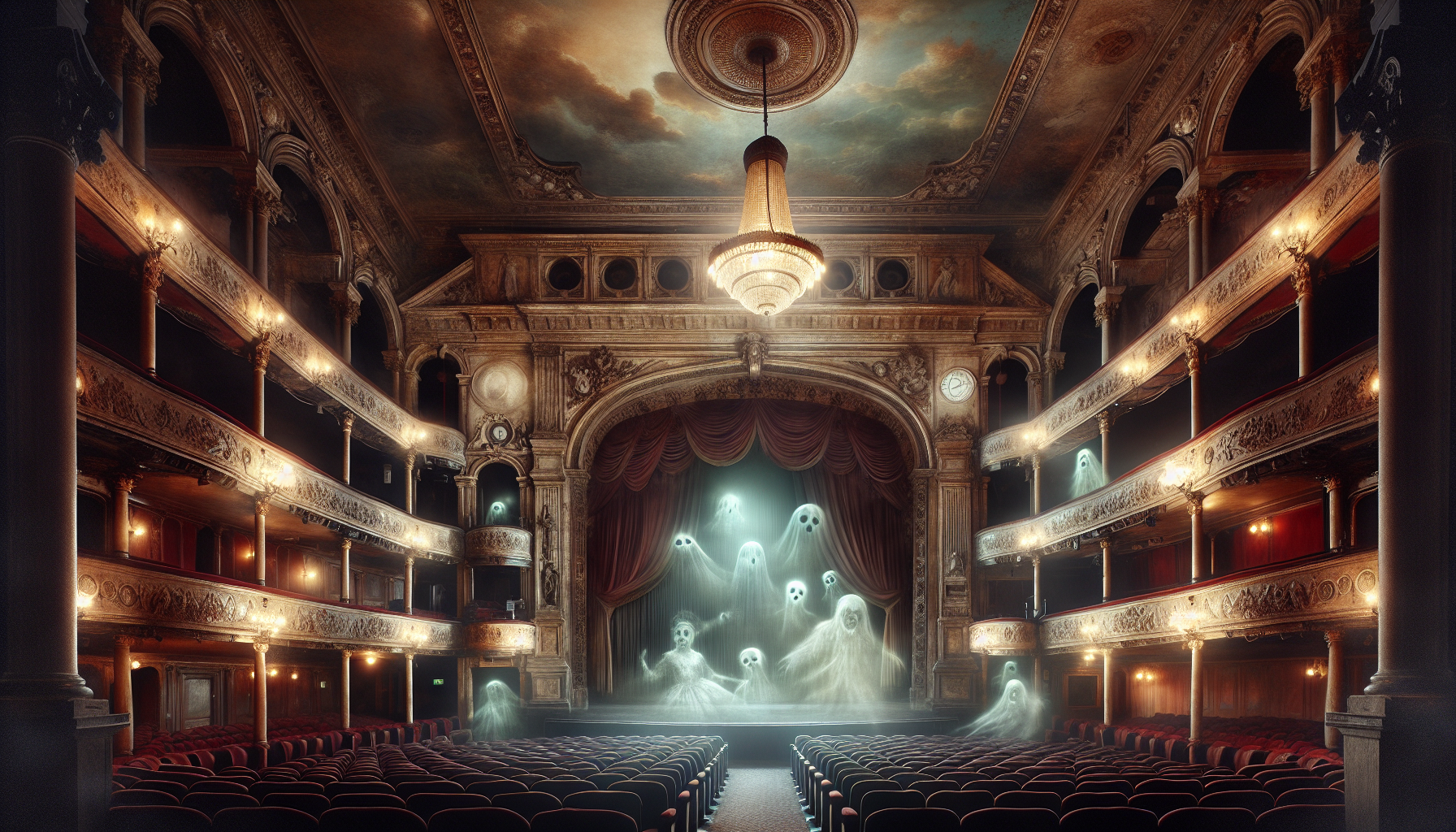Welcome, fellow myth enthusiasts! Have you ever wondered about the mysterious beings that swim beneath the surface of Slavic lakes and rivers? If so, you’re in for a treat! The Vodyanoys are some of the most enigmatic and fascinating creatures in Slavic mythology. Tales of these water spirits have captivated cultures for centuries, and today, we’re diving deep into their world. Did you know that the Vodyanoy is often seen as both a protector and a perilous force? Let’s embark on this mythical journey together and uncover the stories and significance behind these watery beings!
Origins and History of Vodyanoys
Ancient Roots
The earliest mentions of Vodyanoys can be traced back to ancient Slavic folklore. These mythical water spirits have been part of the cultural fabric for centuries, often depicted in tales passed down through generations. The roots of these stories lie deep in the collective consciousness of the Slavic people, where Vodyanoys were often seen as guardians of rivers, lakes, and ponds.
Regional Variations
Interestingly, the depiction of Vodyanoys varies significantly across different Slavic regions. In some areas, they are portrayed as benevolent protectors of water bodies, while in others, they are seen as malevolent beings who lure unsuspecting victims to watery graves. This regional diversity adds a rich layer to the mythos, highlighting the localized beliefs and practices that shaped these legends.
Etymology
The term “Vodyanoy” itself has intriguing linguistic origins. Derived from the Slavic word “voda,” meaning water, the name directly ties these creatures to their aquatic domains. This etymological link underscores the deep connection between language and the natural elements in Slavic culture.
Mythological Characteristics and Appearance
Physical Traits
In myths, Vodyanoys are often described with vivid detail. Typically, they are depicted as old men with long, greenish beards, covered in algae and muck. Their skin is said to be pale or green, resembling the water in which they dwell. Some stories even attribute them with fish-like features, such as scales and webbed fingers.
Powers and Abilities
Vodyanoys are believed to possess a range of supernatural abilities. They can control water, summon storms, and manipulate aquatic life. Some tales suggest they have the power to shape-shift, taking on human form to interact with people on land. Their ability to enchant and lure humans into the water is a recurring theme in many stories.
Symbolism
Symbolically, Vodyanoys embody the dual nature of water — both life-giving and dangerous. They represent the untamed forces of nature and the mysteries that lie beneath the surface. In Slavic mythology, Vodyanoys serve as a reminder of the respect and caution one must exercise when interacting with natural elements.
Famous Vodyanoy Myths and Stories
Classic Tales
Among the most well-known Vodyanoy stories is the tale of the water spirit who falls in love with a human woman, often leading to tragic consequences. Another popular story involves a Vodyanoy who strikes a deal with a fisherman, offering abundant catches in exchange for a yearly tribute.
Cultural Impact
These stories have significantly shaped cultural attitudes and practices. For instance, many fishing communities developed rituals to appease Vodyanoys, hoping to ensure safe and bountiful harvests. The myths also served as cautionary tales, warning people of the dangers lurking in unknown waters.
Modern Retellings
In contemporary media, Vodyanoy myths are being reimagined in various forms. From novels and movies to video games, these ancient tales are finding new life, often adapted to resonate with modern audiences while preserving their core themes and characteristics.
Vodyanoys in Rituals and Folk Practices
Protective Rituals
Historically, people believed in performing protective rituals to appease or ward off Vodyanoys. Offerings such as bread, milk, or even small animals were thrown into the water to gain the favor of these spirits. These practices were especially common among those living near large bodies of water.
Seasonal Celebrations
Vodyanoys also feature in various seasonal celebrations and festivals. For example, during the summer solstice, communities would honor water spirits with songs, dances, and ceremonial offerings, celebrating the life-giving properties of water.
Crafts and Art
In Slavic crafts, art, and literature, Vodyanoys are often represented with great creativity. From intricate wood carvings to detailed paintings, these depictions serve as both artistic expressions and cultural artifacts, preserving the legacy of Vodyanoy myths for future generations.
Cultural Significance of Vodyanoys in the Modern World
Educational Influence
Today, Vodyanoy myths are used in educational contexts to teach about Slavic folklore and cultural heritage. Schools and cultural institutions often include these stories in their curricula, helping to keep the ancient traditions alive.
Tourism
Various locations and attractions inspired by Vodyanoy legends have become popular tourist destinations. Lakes, rivers, and even entire towns associated with these myths draw visitors eager to explore the folklore and natural beauty of these areas.
Pop Culture
The presence of Vodyanoys in pop culture is undeniable. They appear in movies, books, and video games, often reinterpreted to fit modern narratives. This ongoing fascination with Vodyanoys highlights their enduring appeal and the timeless nature of their stories.
Conclusion
In summary, Vodyanoys are a captivating element of Slavic mythology, embodying both the beauty and mystery of water bodies. Their stories, rich in cultural and symbolic significance, continue to influence and inspire even in modern times. Whether you’re a mythology enthusiast or simply curious about these mystical beings, there’s always more to discover. Dive deeper into the world of Vodyanoys, and who knows—you might just encounter these fascinating spirits in a new light! Ready to explore more myths? Check out our other guides on Slavic mythology and immerse yourself in a world of ancient wonder.




